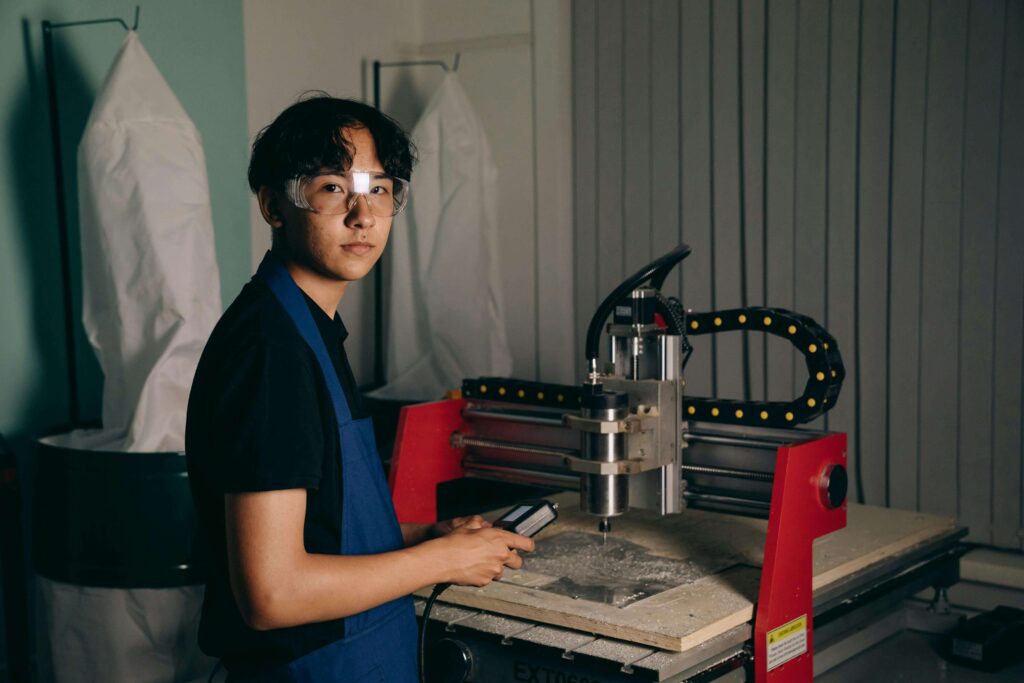This course provides hands-on experience in programming and operating CNC machines for precise manufacturing. Students will learn the fundamentals of CNC technology, machine components, programming, tooling, and quality control, preparing them for careers in modern manufacturing and engineering.
The course focuses on providing practical, hands-on training in CNC machine operation and programming, with an emphasis on precision manufacturing techniques and quality control.
